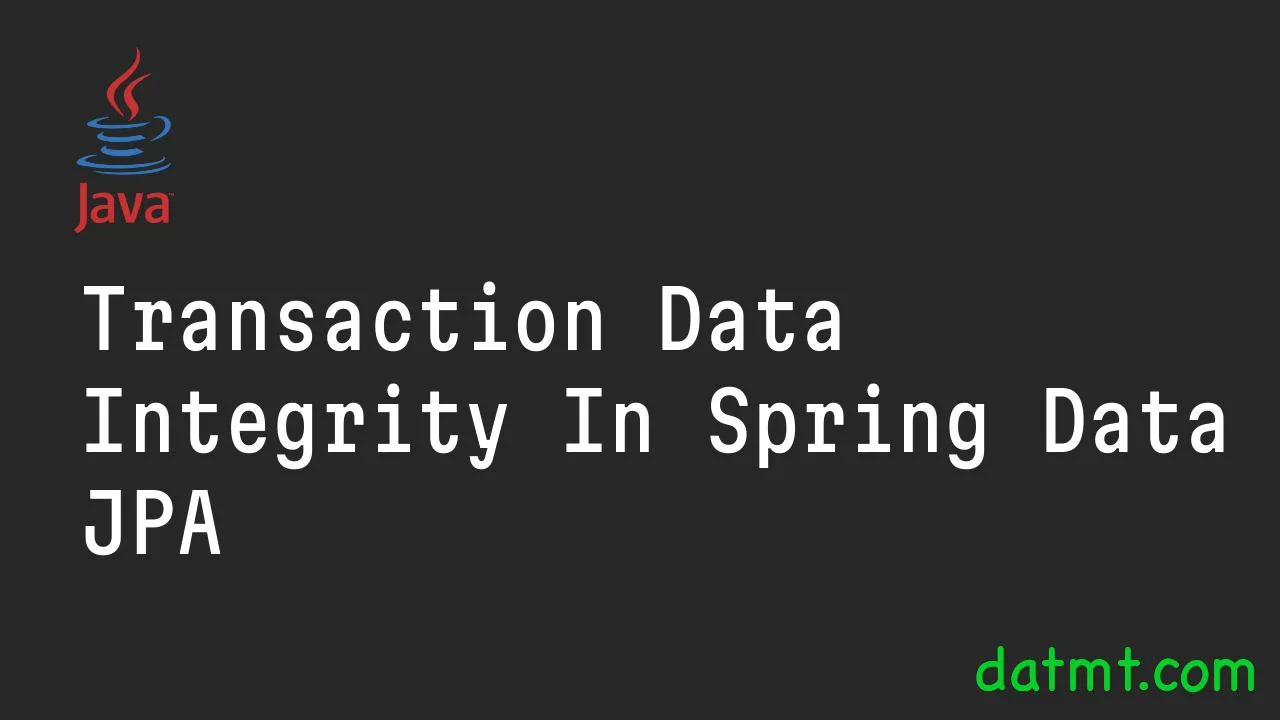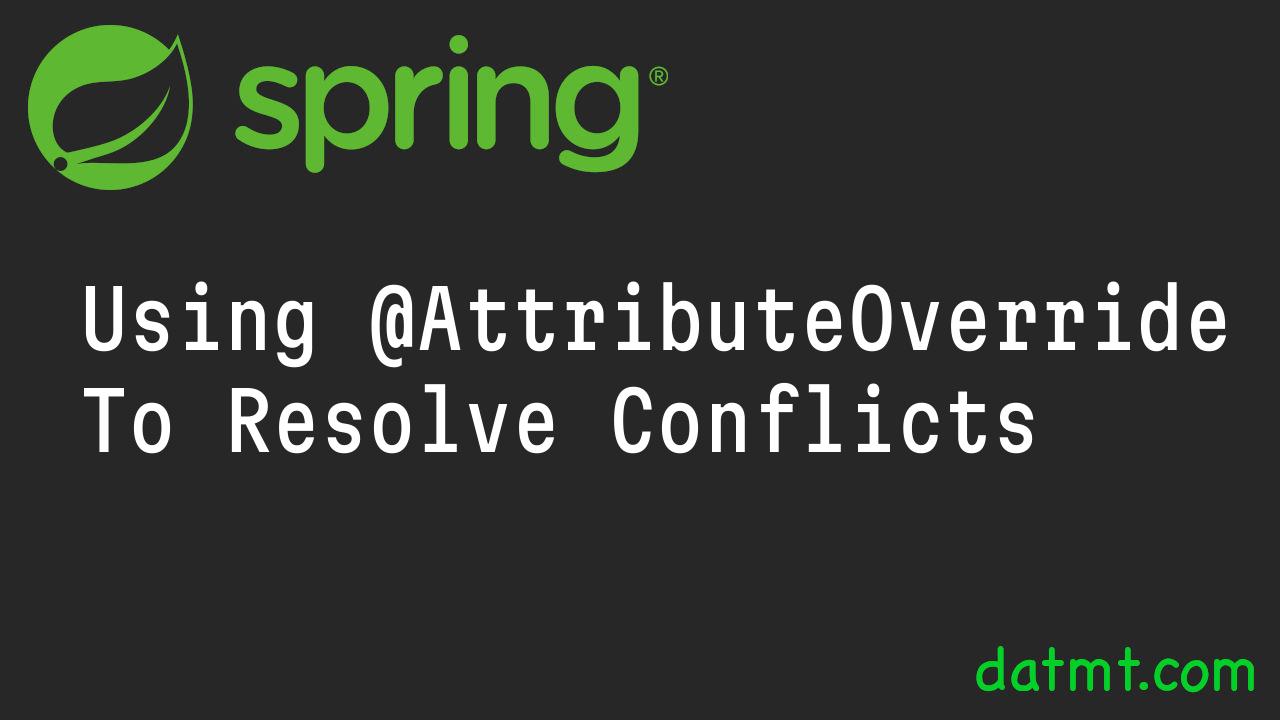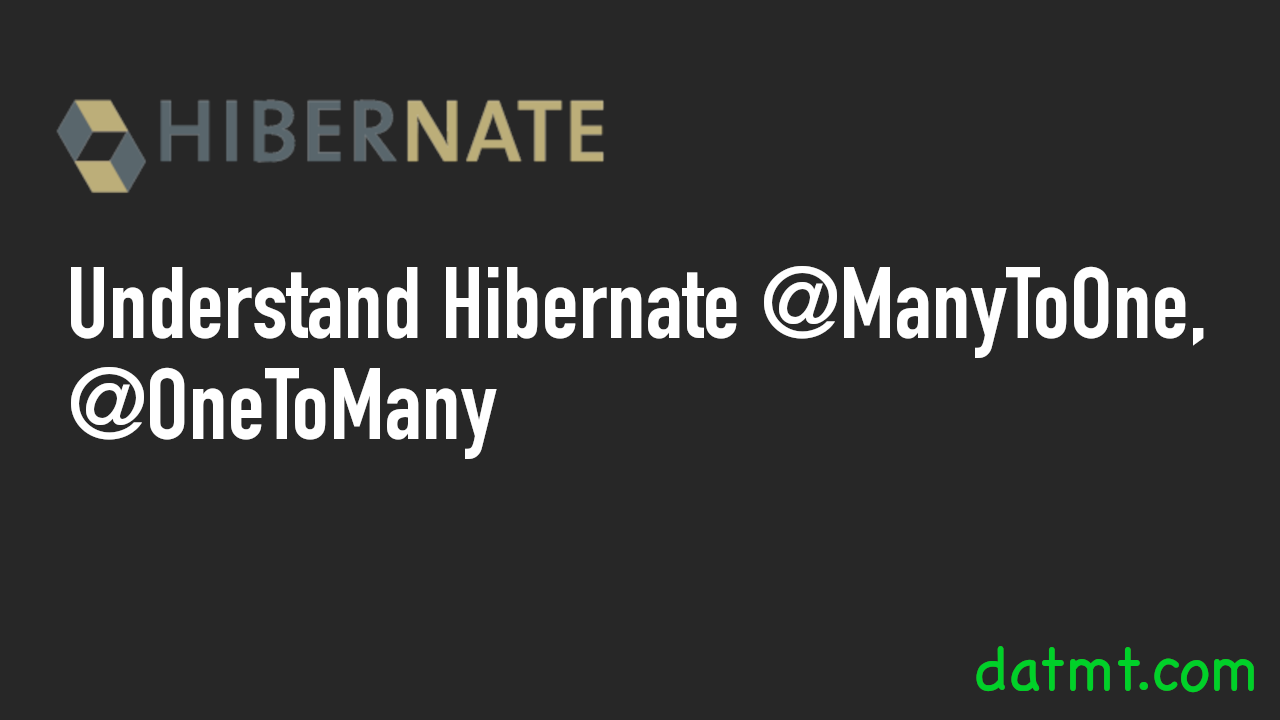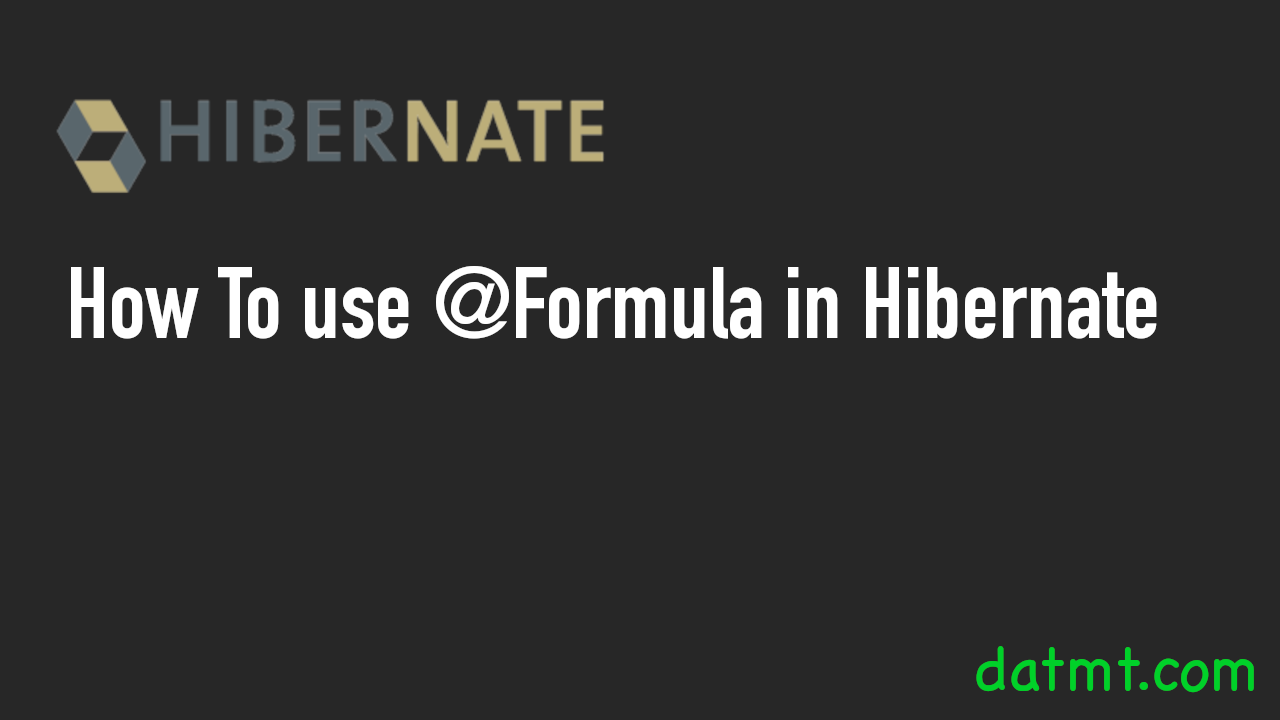Transaction Data Integrity In Spring Data JPA
Overview When it comes to data integrity, the famous example that people usually mention is the bank transfer scenario: Alice sends money to Bob, and Bob sends money to Alice. I also read that using @Transactional is the solution for such cases. However, is using @Transactional annotation enough to make Alice and Bob happy? Let’s … Read more





